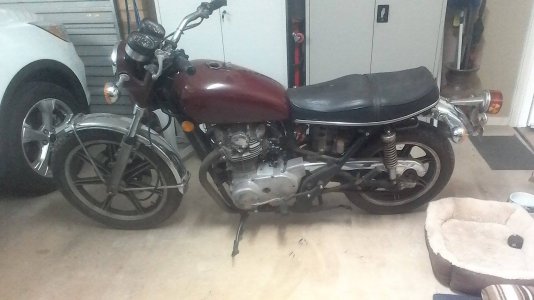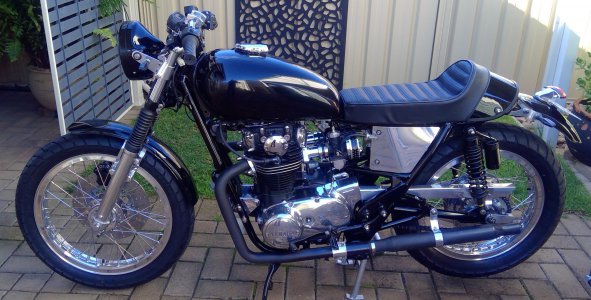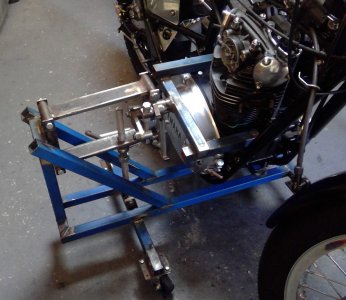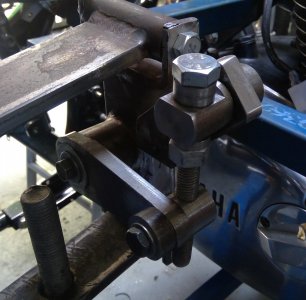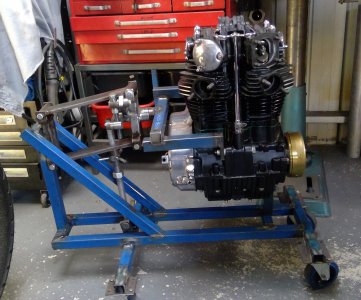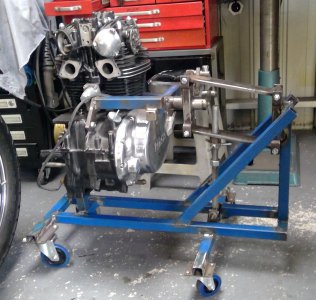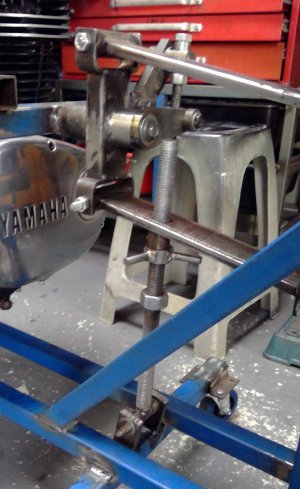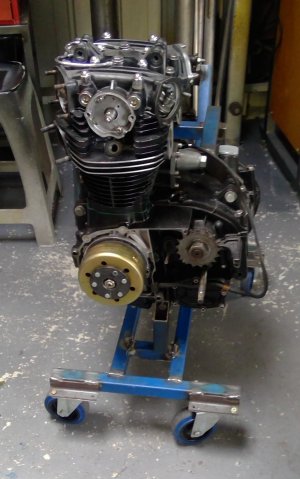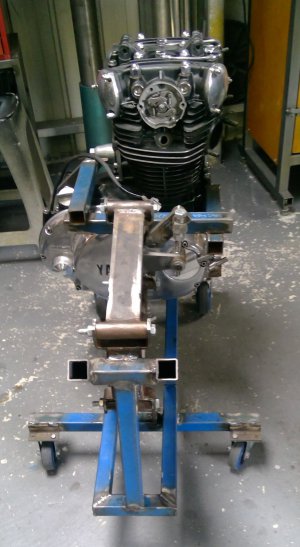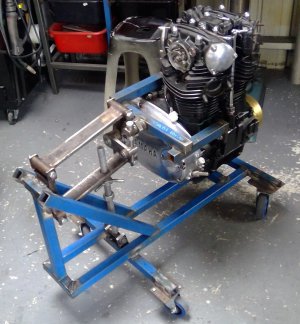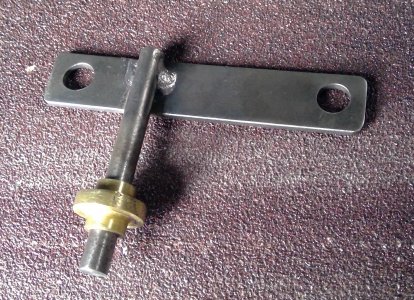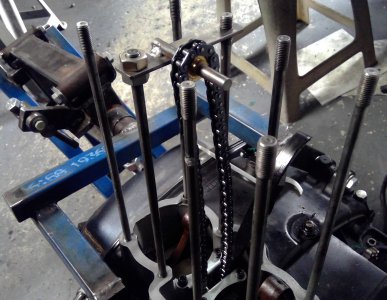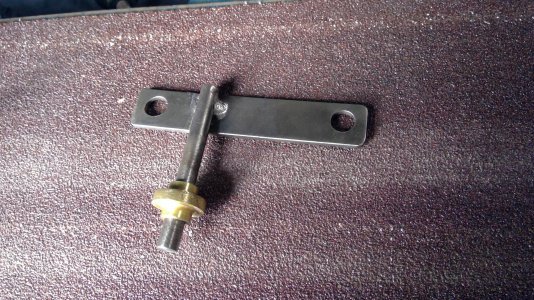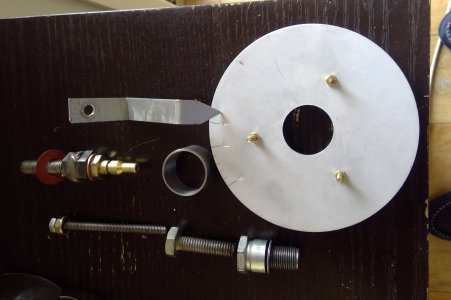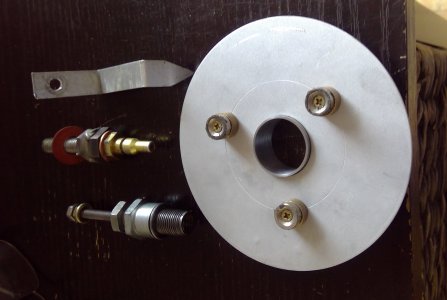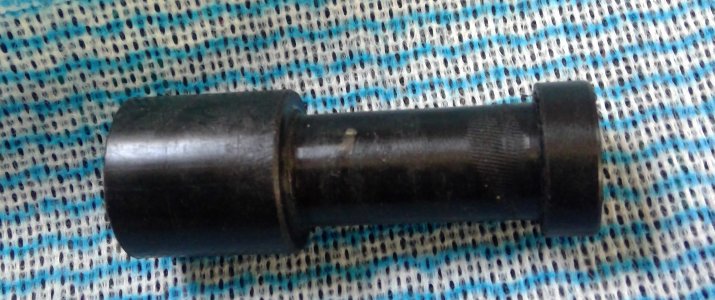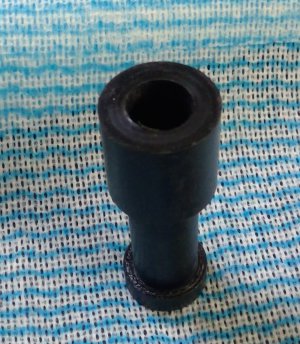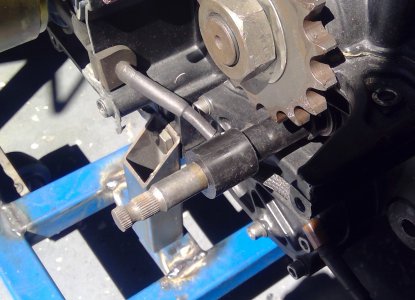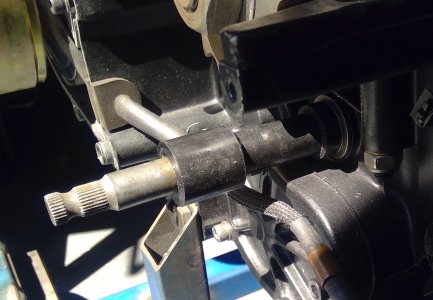When I got the bike the cases had been damaged (read - rooted) by an errant chain. Along with that, the alternator cables had also been cut by the chain and the chain deflector, or whatever you call that thing residing over the gear lever pivot, was also stuffed.
Rather than stick with the original design, I turned up a one piece Delrin bush which slides over the gear lever shaft. Rather than hide the alternator cabling behind the chain deflector, I rerouted the alternator cabling so it is underneath the gear lever shaft and held in place by a P clamp on the starter gear cover.
You may also be interested in making rubber grommets. In the pic you can see the rubber grommet through which the alternator cabling is routed. These, and other grommets, are super easy to make: A fibre cut off wheel and belt sander being all you need. Plus a good set of eyes, or in my case - glasses! The fibre cut off disks are good for cutting the slot, and either the cut off disk or belt sander to shape the outer circumference. Spinning rubber on a lathe does not work well, trust me!
After shaping the grommet, the groove or slot in the grommet is best made by mounting it on a piece of round stock and rotating it against the cut off wheel. Cut of wheels are generally available in two thicknesses 3mm and the much thinner ones used on small angle grinders. Obviously a good, solid rotating base will result in a better groove or slot. With a bit of practice , they are easy to make and come out as good as a bought one. In Oz, blocks of rubber are available from Clarks Rubber. I'm sure in whatever country you live there will be similar stores.
Never buy what you can make.


